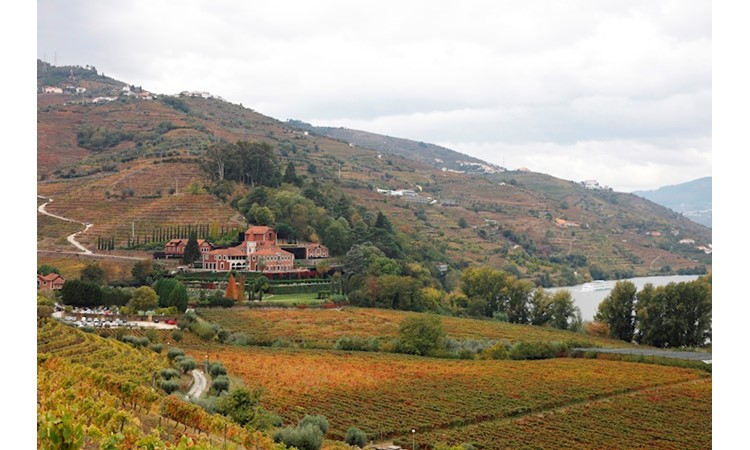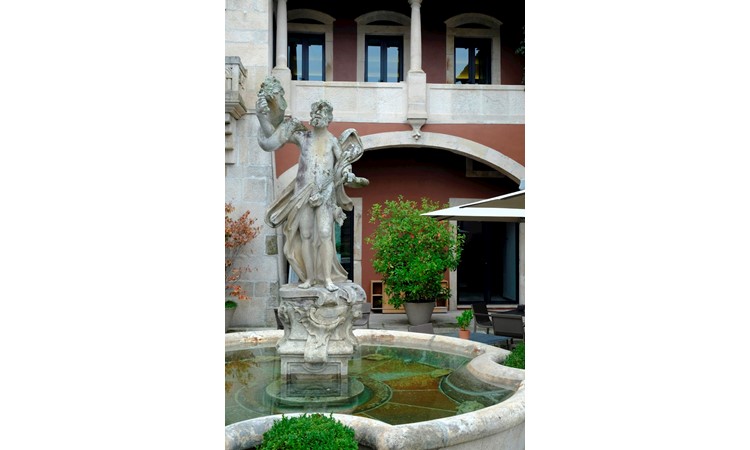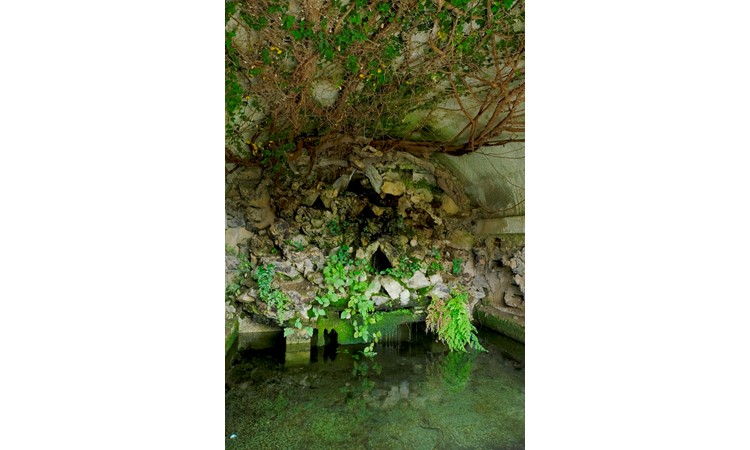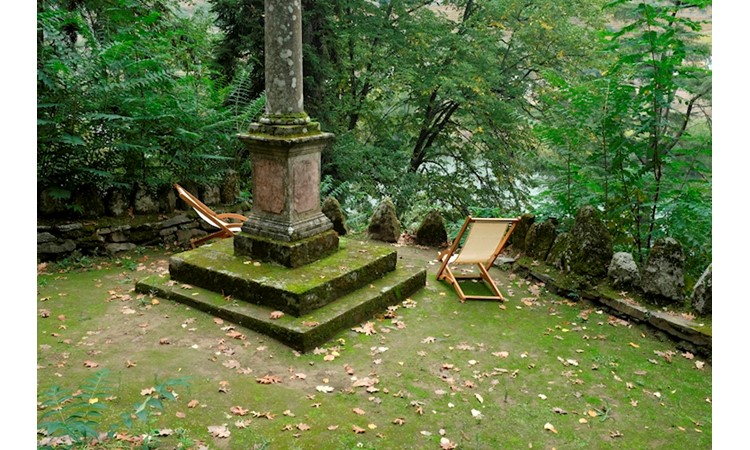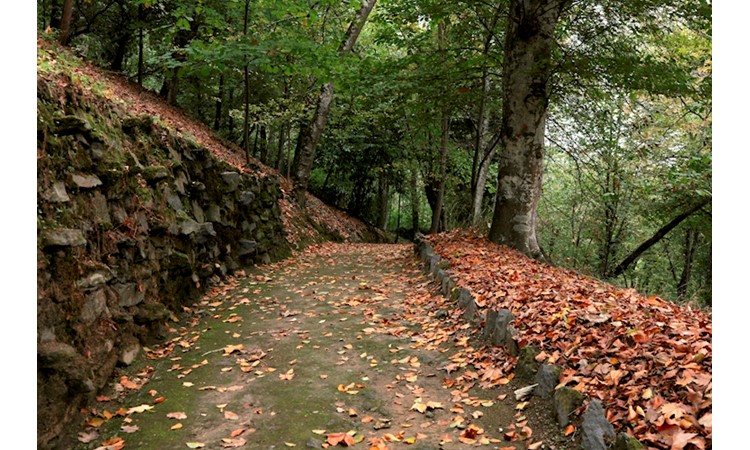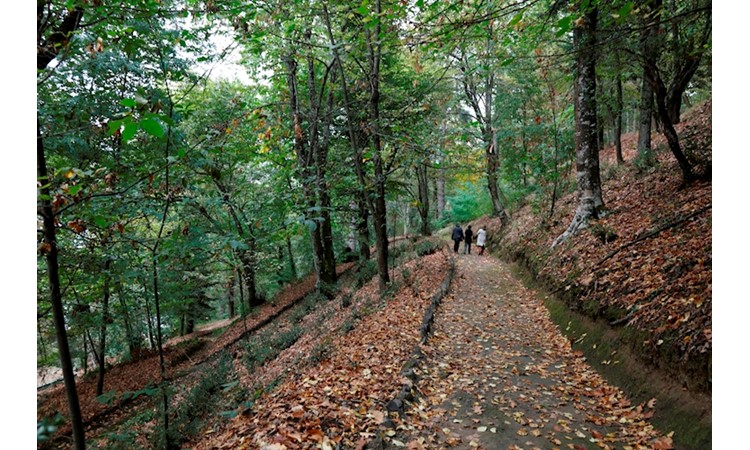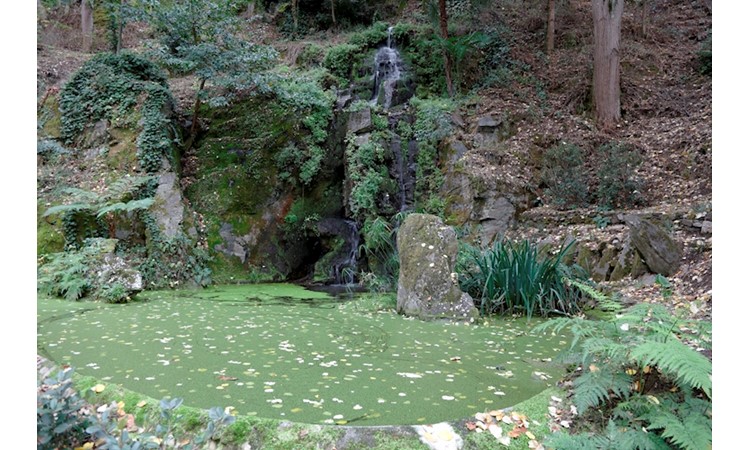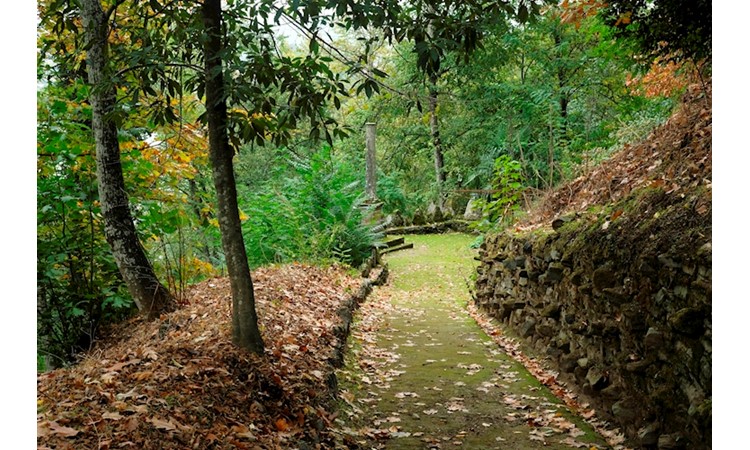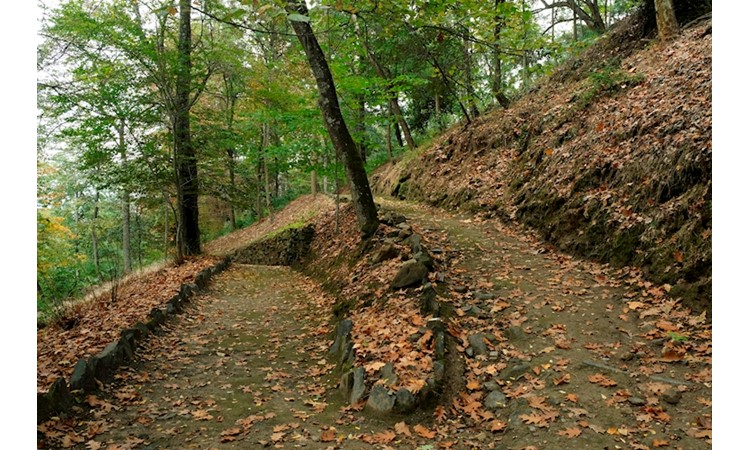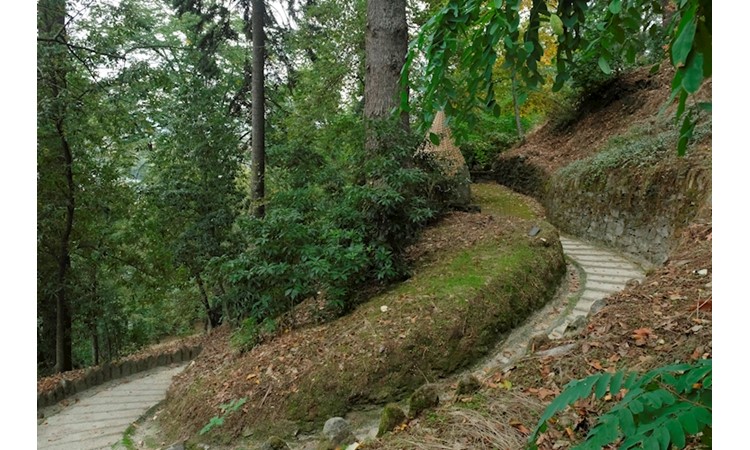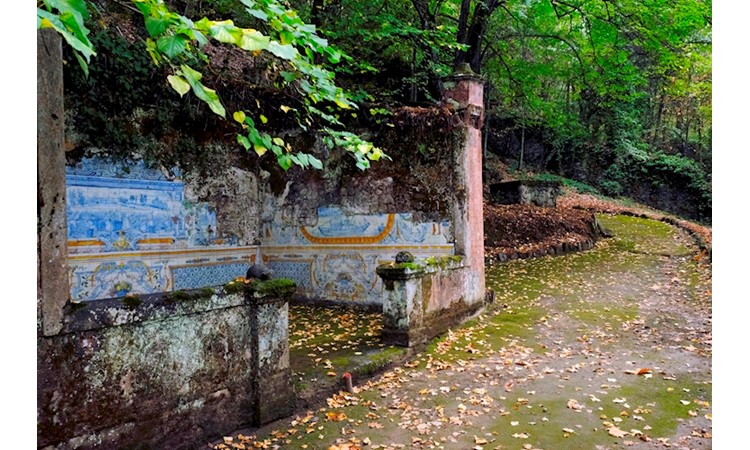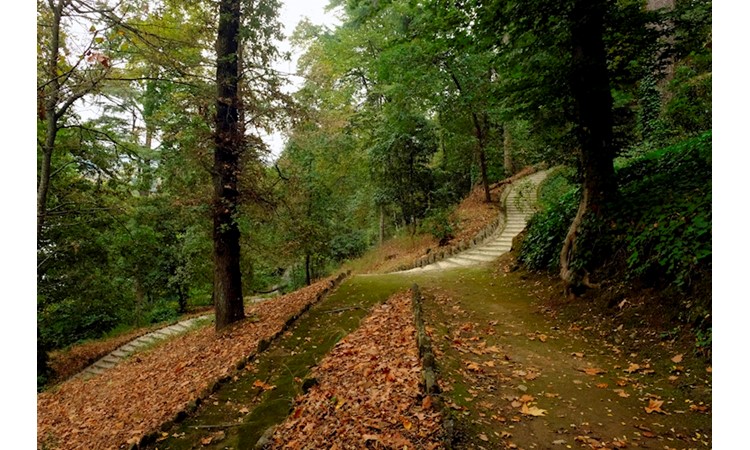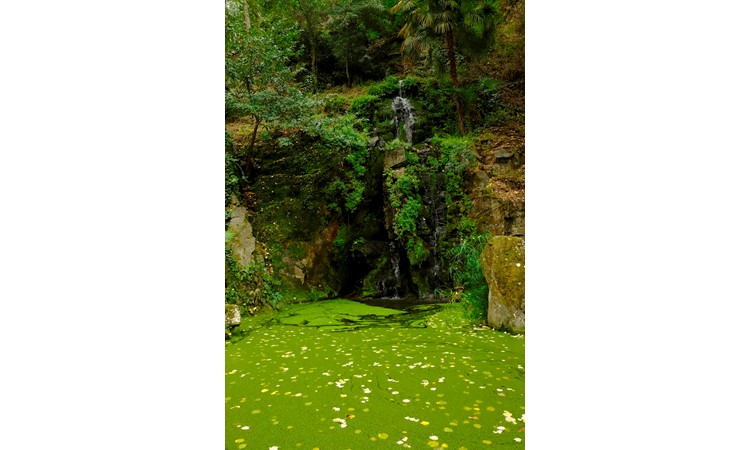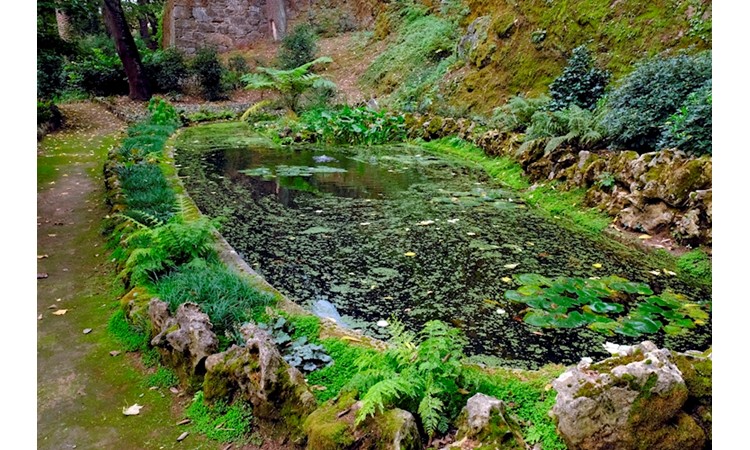Quinta de Vale Abraão
North | Lamego
Quinta de Vale Abraão
Vale de Abraão: A Story of Heritage, Nature, and Transformation
Located in the parish of Samodães in Lamego, on the left bank of the Douro River, Vale de Abraão sits approximately 11 km from Lamego and 5 km from Régua.
Vale de Abraão once belonged to António Correia Leitão da Fonseca (1754-1837), a noble knight of the Royal Household. His son, Bernardo Pereira Leitão de Carvalho (1792-1880), also a noble knight, was a member of the Orders of Christ and the Tower and Sword, an administrator of numerous estates, and the owner of many vineyards. Bernardo’s eldest daughter, Júlia Petronilha Pereira Leitão de Carvalho (1824-1875), married José Freire de Serpa Pimentel (1814-1870) in 1844. José was a law graduate, magistrate, playwright, poet, nobleman of the Royal Household, and Peer of the Realm. He was also the second Viscount of Gouveia and the son of Manuel de Serpa Machado, a professor at the University of Coimbra, and Ana Rita Freire Pimentel.
The estate was inherited by Júlia Petronilha’s sister, Laura Pereira Leitão de Carvalho, who later married Alfredo Infante Pessanha, a man of great wealth. They significantly enhanced the gardens and woodland of the estate. In 1889, the renowned horticulturist José Marques Loureiro published a report in the Journal of Practical Horticulture about his visit to Vale de Abraão, then owned by Laura and Alfredo. He was captivated by the landscape, the "charming residence," and the "magnificent and varied plants," some of which he had gifted in 1888. He described the gardens in detail, highlighting a tropical-style section filled with tree ferns and palm trees, and two vast plots of land separated by high stone walls resembling battlements. He also noted a beautifully arranged orchard garden with fruit trees, vegetables, and ornamental plants.
Without direct heirs, Vale de Abraão was passed to Laura’s niece, Maria Serpa Leitão Pimentel, the eldest daughter of José Freire de Serpa Pimentel and Júlia Petronilha. Maria lived there until her death at 102, also without descendants. She was the sister of José Freire de Serpa Leitão Pimentel, who, in 1903, purchased Quinta da Pacheca in the neighboring parish of Cambres, about 3 km from Vale de Abraão, to focus on winemaking. Both estates were later inherited by his son, Eduardo de Mendia Freire de Serpa Pimentel (1913-2003), an agronomist dedicated to viticulture who served as President of the Port Wine Institute. Eduardo married his cousin, Luísa Maria Van Zeller Pereira Palha de Serpa Pimentel, who devoted herself to the care of the estate’s gardens and woodlands.
From Literature to Cinema: Vale de Abraão in Portuguese Culture
Vale de Abraão became an iconic site in Portuguese culture when renowned writer Agustina Bessa-Luís published her novel Vale Abraão in 1991. The story was later adapted into a film by director Manoel de Oliveira in 1993. However, in 1997, a fire devastated the house, affecting the gardens and the woodland. The Serpa Pimentel family eventually sold the estate, and in 2007, it was transformed into the Aquapura Douro Valley Hotel. Significant renovations were made to convert it into a luxury hotel, connecting the main house with various rural buildings and expanding new areas while maintaining the 19th-century landscape structure. The original entrance, which once led visitors directly to the house, was altered. Today, the hotel reception is located at a higher level at the rear of the house.
Preserving the Landscape and Gardens
The restoration and rehabilitation of the gardens were led by Jardins do Paço – Arquitetura Paisagista SA in 2007. In 2015, Topiaris - Estudos e Projetos de Arquitetura Paisagista Lda initiated another phase of improvements, preserving the original layout of the gardens on the west and south sides of the house, structured in terraces supported by schist stone walls. From 2016 onward, IMUNU - Arquitetura Paisagista Unip. Lda, in close collaboration with the hotel’s maintenance team, focused on restoring the woodland garden. Their work included cataloging and preserving existing trees, improving pathways, enhancing water features, and developing new green spaces. Additionally, they introduced a productive component through the Floresta Produtiva (Productive Forest) project.
Despite the many changes over time, the woodland remains the estate’s crown jewel, standing as a distinctive mark on the Douro landscape. It was originally established on a north-facing slope overlooking the Douro River, offering views that have since changed with the construction of the Carrapatelo Dam reservoir. The woodland is interwoven with a well-planned network of paths leading to different viewpoints, creating a constant sense of discovery. It hosts trees at various growth stages, including oaks, strawberry trees, maples, cedars, spruces, and firs, blending native and exotic species. This century-old gardened woodland is one of the few surviving examples of similar landscapes that once flourished in the Douro region.
A Home Turned Hotel: The New Life of Vale de Abraão
The house’s original entrance was at the center of the west façade, leading to a recessed courtyard where a fountain features a giant holding a massive serpent from whose mouth water flows. The house stands on a terrace with a balustrade, connecting via stairs to a narrow terrace along the east and north facades, where boxwood flower beds remain. From here, one can admire the classic Douro landscape—vine-covered hills, small villages, and scattered farmhouses. This terrace transitions into another that once housed orange trees, leading further to the former vegetable gardens. Today, these areas host organic gardens and the hotel’s swimming pool. To the north of the house, a large lawn extends toward a pathway leading into the woodland.
The Arrival of Six Senses
Aquapura Douro Valley Hotel closed in 2014 after being acquired by Explorer Investments in 2013. In 2015, the estate was taken over by Six Senses, which continues to manage it today. Under Six Senses, a philosophy of sustainability reshaped the way the gardens and outdoor spaces of Vale de Abraão are maintained and developed. The focus has been on creating productive and multifunctional spaces—not only growing food for the hotel but also serving as areas for leisure, conservation, and environmental enhancement. This approach is rooted in principles of agroecology, ensuring that interventions prioritize long-term preservation, enrichment, and a deep respect for nature.
Despite its evolving function, Vale de Abraão remains an enchanting place—a historic and cultural landmark within the Douro Valley, where nature, heritage, and modern hospitality harmoniously blend.
